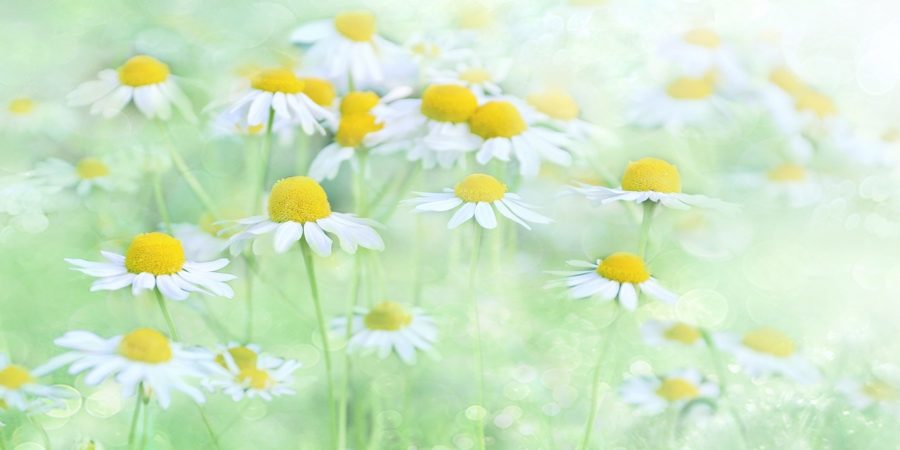Growth and Maturation
This seasons begins around June 21st with the summer solstice, when the sun is at its northernmost position relative to Earth. The sun is considered yang as it gives energy, causes action, and outward movement, thus creating a hot and dry climate. It is important to get outdoor activities and much solar energy, as this must stay in motion within us to continually nourish our mind, body, and spirit. It is important that we flow with the seasons and embrace the changing mother Earth, avoiding tension as this will result in illness when we resist the natural flow, and changes that come as we orbit our beloved sun.
Element: Fire
This element is seen as proving the energy government in the heart and small intestine. There are also two other systems linked to this element, because they cross the four meridians or energy pathways. These are the “circulation-sex” which protects the heat, and the “three heater” which maintain proper temperature and warmth. Fire is the light and warmth. The function in the body is to maintain heat, but also give warmth to others. This element gives enthusiasm, vitality, and energy. It relates to the southern direction and to the colour red. This element is associated with the emotions of joy and sadness. The flavor associated with this element is bitter. Foods and herbs with this taste are seen as strengthening to the heart and small intestine. Fire is the most yang element. The most active and “masculine” energy. This relates to creativity, intuition, and motion. It is the action that carries the “idea” from the wood element. Fire people thrive on activity, new ideas, ventures and change. It is through the wood element that fire is created, thus manifesting in the Earth.
Organs: Heart and Small Intestine
The heart is related to understanding and compassion. This is one of the most active organs during the Summer, regulating the blood circulation, as it carries oxygen and nutrients to the rest of the body. Its function is regulated by an intrinsic electrical system which keeps a steady beat. This organ is very sensitive to feedback mechanisms relating to our brain and muscle oxygen needs. Its rate and rhythm are determined by our breathing which follows our mental, physical, and emotional state. The tongue is the indicator of the heart’s health; in fact, it is the fire element that gives energy to the function of speech.
The small intestine connects to the stomach and large intestine. This organ plays an important role in our nourishment, for the only nutrients we can actually use are those which we digest and assimilate through it (glucose, fatty acids, and amino acids). When the small intestine is clear, these nutrients move at a good rate, much is absorbed and waste is moved into the large intestine. If there is excess mucus and if it moves too fast, stool will be loose, thus, our bodies will receive very little nutrients and nourishment from the food we are eating. If this is the case, it is important to detox, as this prevents mucus forming foods such as meats, dairy, breads, and sugars.
Nutrition
It is essential to keep a cool diet to balance the heat of this season. A diet of primarily raw fruits and vegetables is ideal. Foods also have yin and yang qualities. Raw fruits and vegetables have the light quality of yin, whereas the yang foods are heavier and heating, such as meats (proteins), fats and carbohydrates. If you are eating a heavier meal, it will be better to do it towards the middle part of the day. Try not to mix too many foods together, so as to facilitate digestion.
During this time it is very important to stay active and exercise. Any activity that brings this into your day is great. If you practice yoga, try doing sequences that move at a faster pace, like a Vinyasa class, where we move through the poses with more action. This constant motion will help alleviate the tiredness that comes from the heat, as well as the excess water in your body. Have a beautiful summer! Namaste.
Reference
“Staying Healthy with the Seasons” by Dr. Elson M. Haas. M.D. 21st Century Edition.

